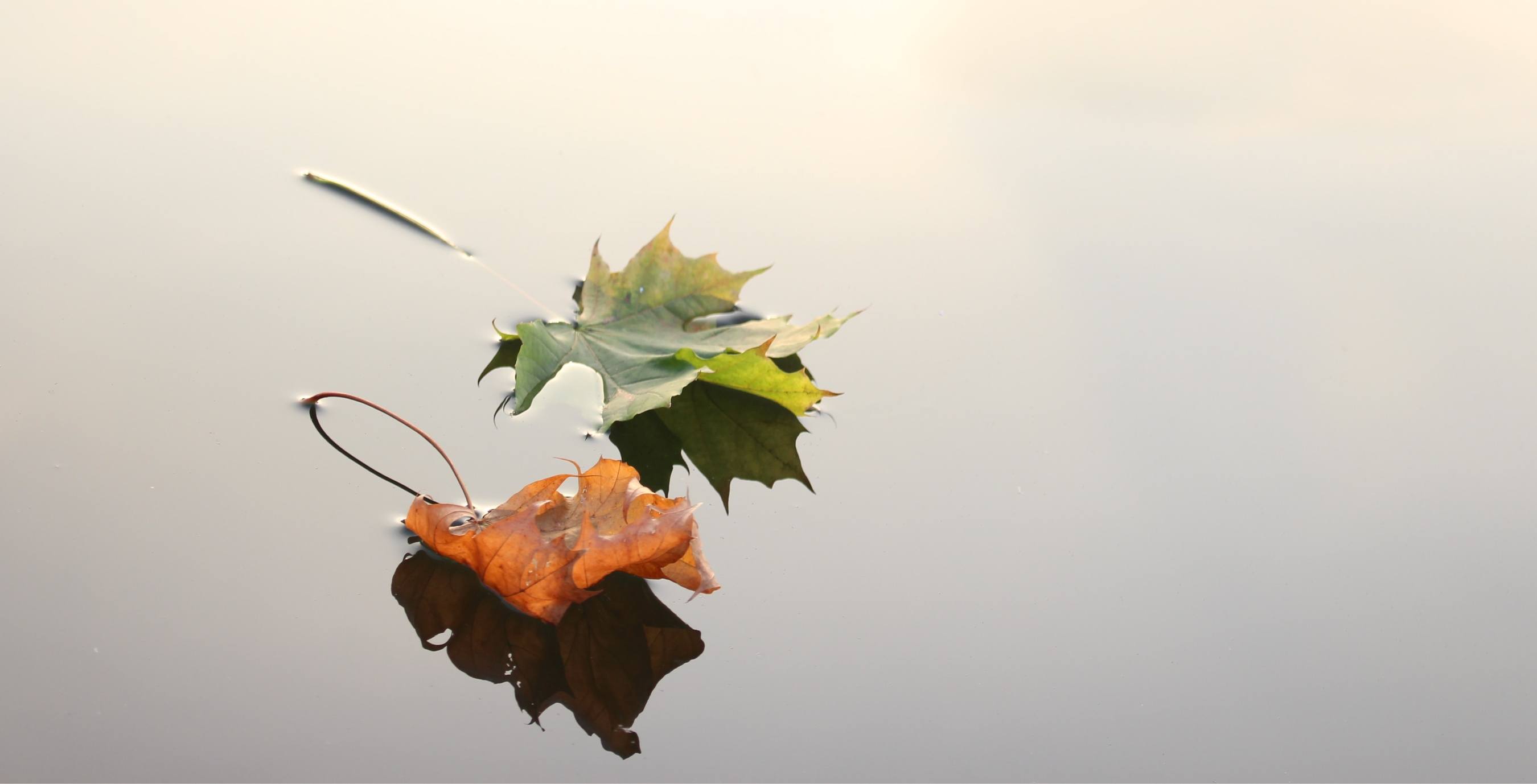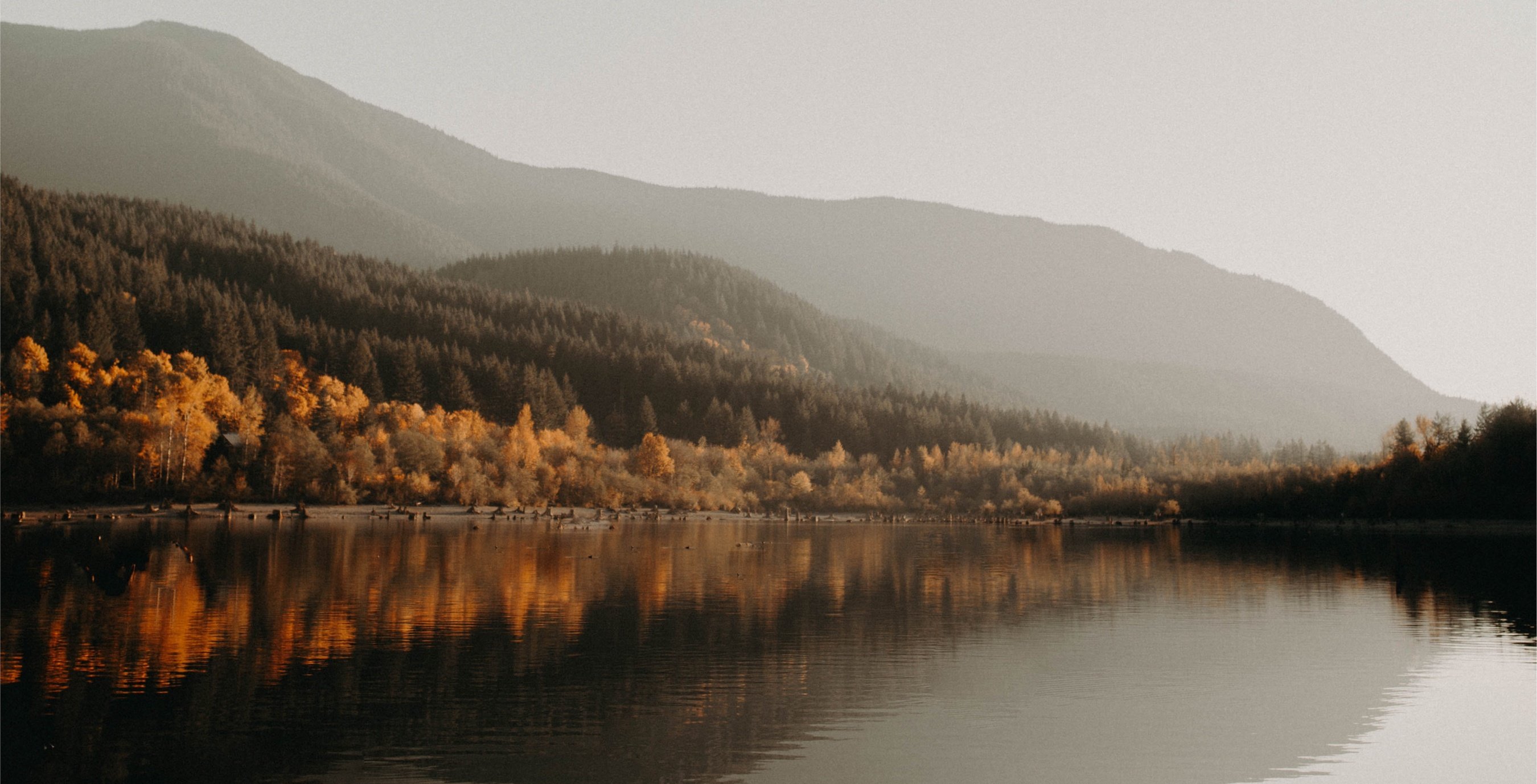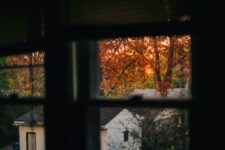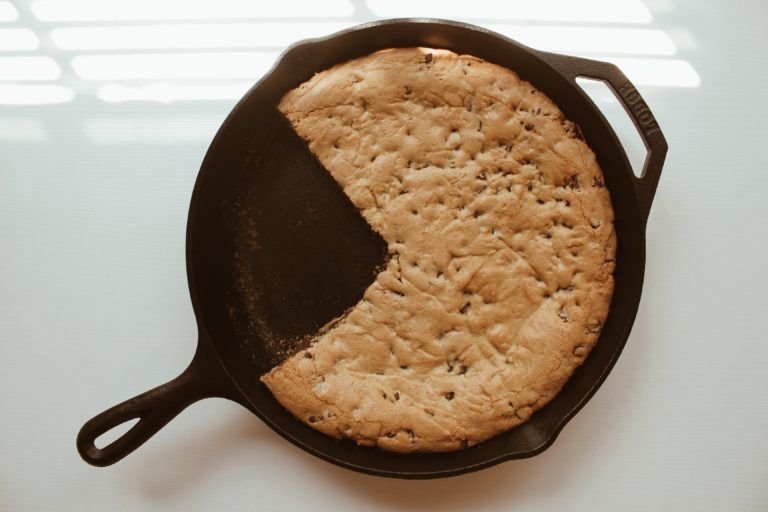The balance of light and dark in the heavens is on the cusp of being perfectly divided. We are approaching our autumn equinox. Unlike the solstices, which are experienced as the opposite extremes of summer and winter in the Northern or Southern hemispheres, the autumn and vernal equinoxes are a brief moment of equilibrium that envelops the whole globe. The balance of daylight, which is yang in nature, and darkness, which is yin in nature, stands still for a brief moment before we, in the Northern hemisphere, tip towards yin and enter winter. Below the equator, they experience the gradual lengthening of days and the approach of summer. In modern life, especially in cities, we might miss these pivot points throughout the year, unless we have an app to point them out. We are bathed in electric light, such that our bodies are less sensitive to the textures of dawn and dusk. We are no longer tied to the agrarian calendars that once defined communal life, or if not wholly forgotten, these ties are frayed.
But these rhythms are still deep within our biology. Our brains are keenly aware of how much sunlight we experience in a day. Hormonal balance, metabolism, immunity, and sleep regulation are all profoundly impacted by seasonal shifts, even as the modern world tries to chug along regardless of the evolutionary biology that preceded it. A microbiologist I work with pointed out to me the other day that even those microscopic community members of our microbiome whose lifespans are only 24 hours still contain genes for circadian regulation. This shows us that the passage of night and day are so important to life on this planet that organisms whose entire existence will take place in the lightless interior of our bodies are still responding to it. Our work schedule and the daily demands of life may not change much from season to season, but the amount of light and dark we experience has a profound effect on our wellness, and we can use this point of celestial balance to bring greater balance to our routines.
How can we use this awareness to help us cultivate balance and health? It’s important, first, to recognize that the movement into darkness isn’t a bad thing! Exposure to sunlight remains crucial even as the days get shorter, but especially in the context of Chinese Medicine, embracing darkness is essential to nourishing ourselves. Modern culture, even in the course of a global pandemic, valorizes activity. “Prioritizing rest” may seem, for many of us, like just another thing we *should* be doing, impractical at best, or simply unobtainable. But rest and quiet are not just interruptions to activity; darkness is not an interruption to light. They are essential. We cannot generate yin without yang, we cannot birth yang without yin. There is nothing extraneous in nature, everything is needed, including darkness.
The most immediately recognizable image of Autumn for most people is falling leaves, and trees exemplify this movement beautifully. Soon deciduous trees will begin to slowly draw their sap, their lifeblood, down from their branches and into their trunk. This will keep their tissues nourished throughout the winter and protect them if they are injured. As they drop their leaves, they show us the wisdom of letting go and moving inward. We, too, need to gather in our resources to keep our bodies warmed and nourished through the winter. It is this movement into the interior, into the earth, into the rich subterranean darkness, that will allow us to protect and renew our energy.

A short reflection for the Autumn Equinox
- Sit comfortably with feet flat or lie down.
- Breath into your belly, allowing it to be soft. For a few breaths, place your attention gently on the rise and fall of your belly, and let other thoughts about the past or future go.
- Reflect, “Like day and night, I am balanced. Like the sky and the earth, I am whole. I draw into myself everything I need to be nourished. I let go of everything I do not need now. Within the rich darkness are the seeds of growth.” Linger with each of these thoughts as long as you like.
- Then, when you are ready, end the reflection by thanking yourself for taking this time to cultivate balance.






